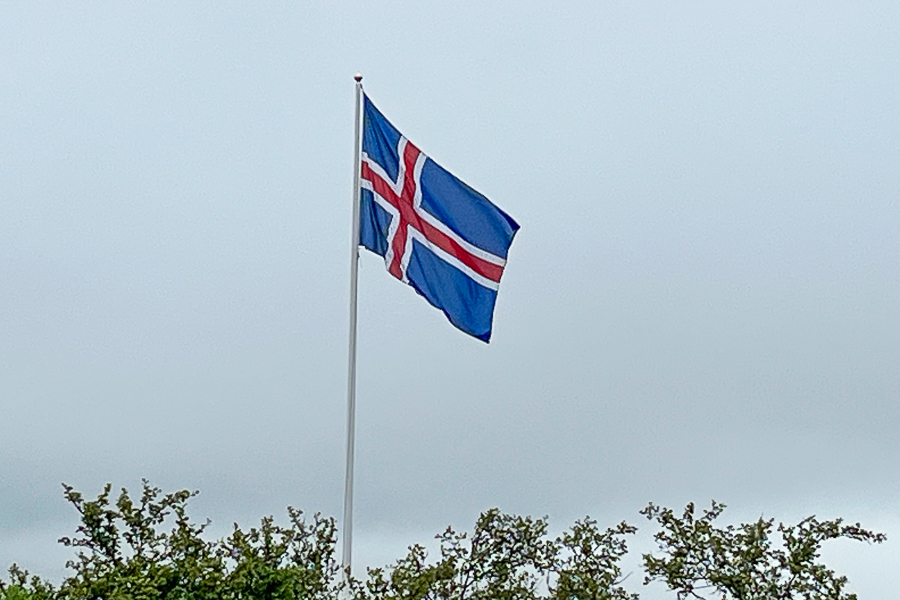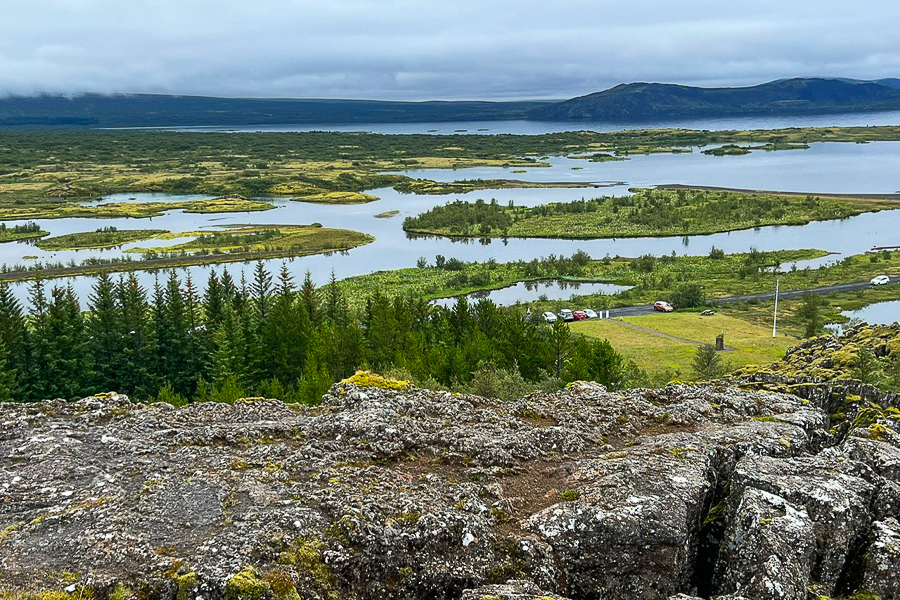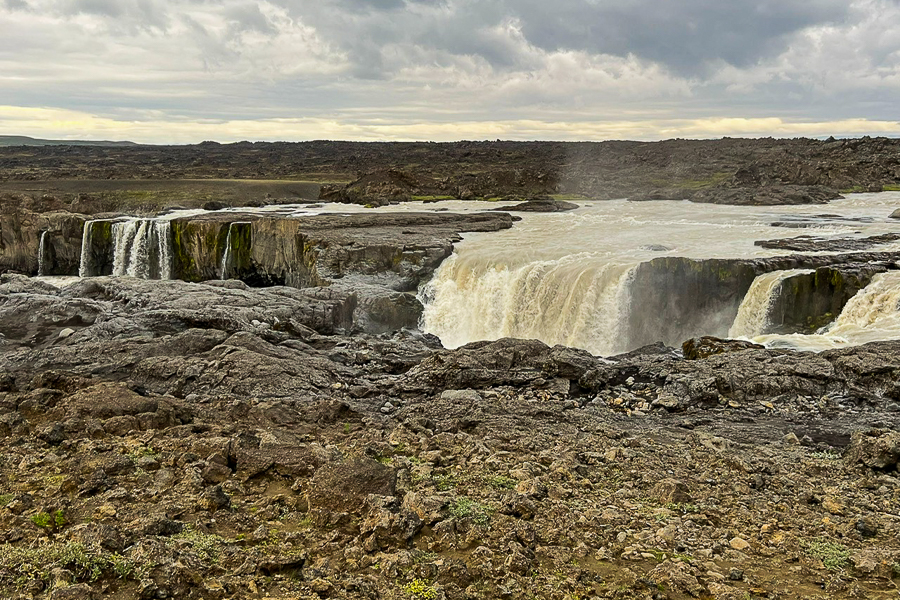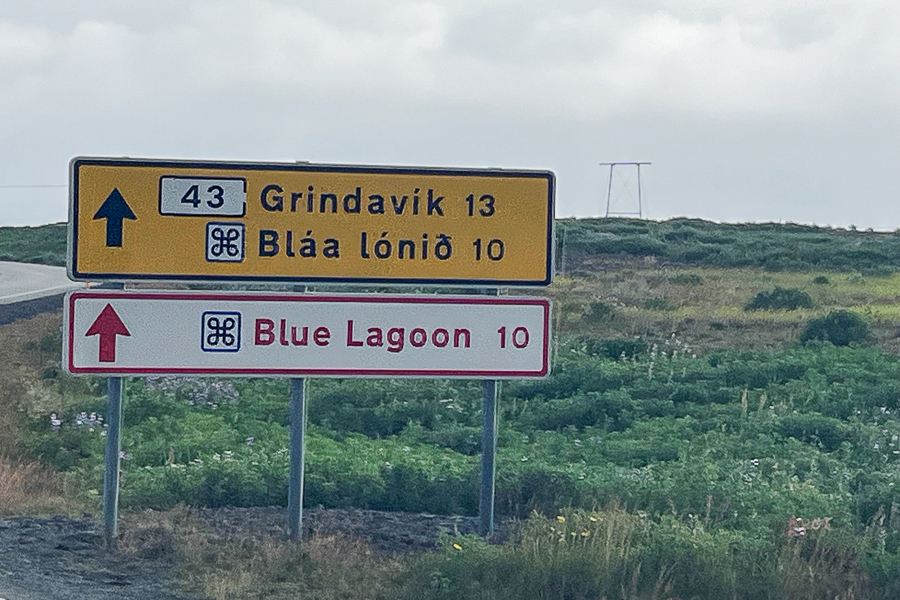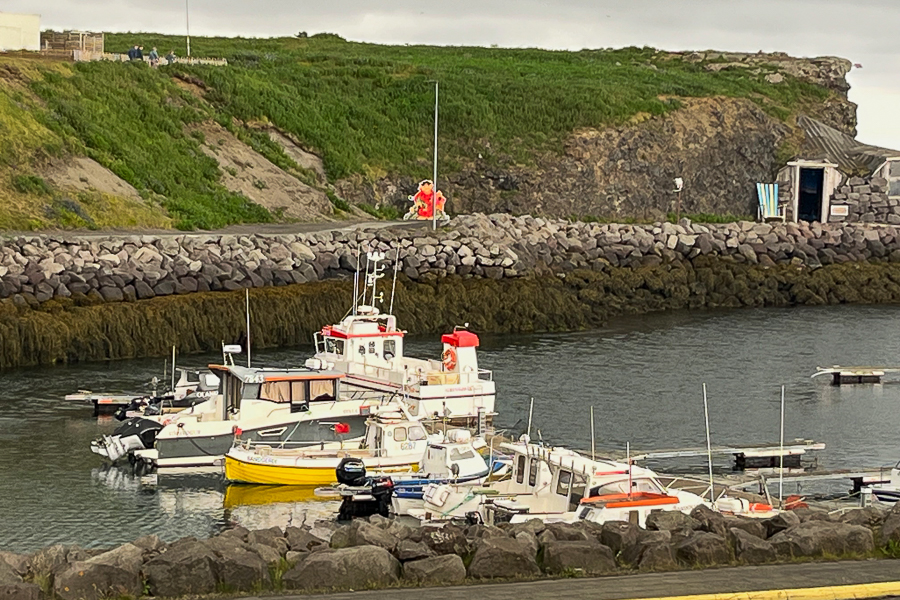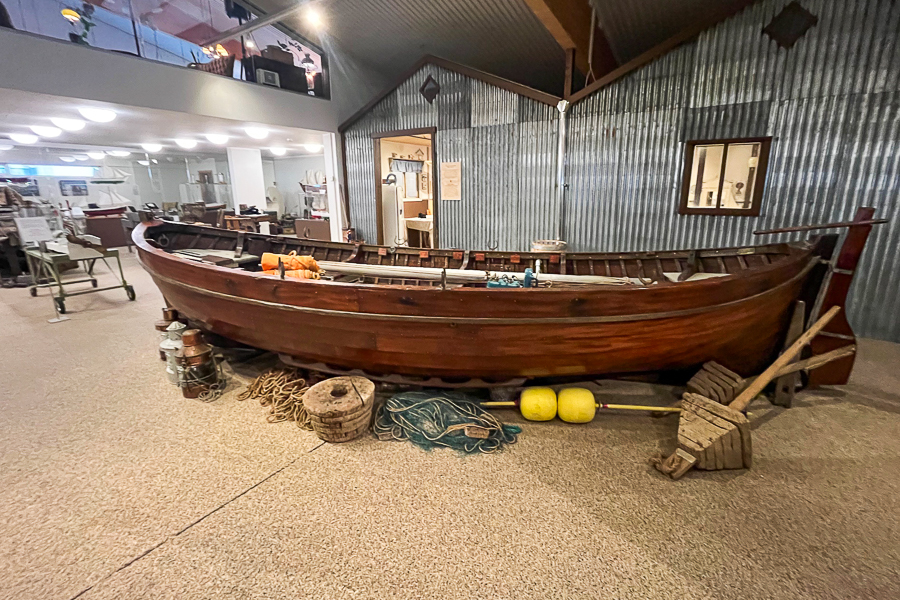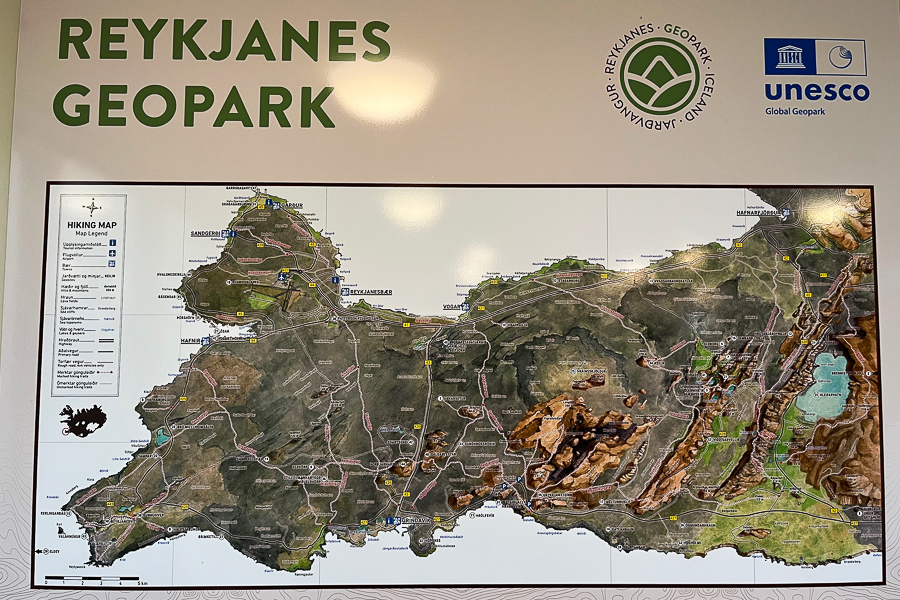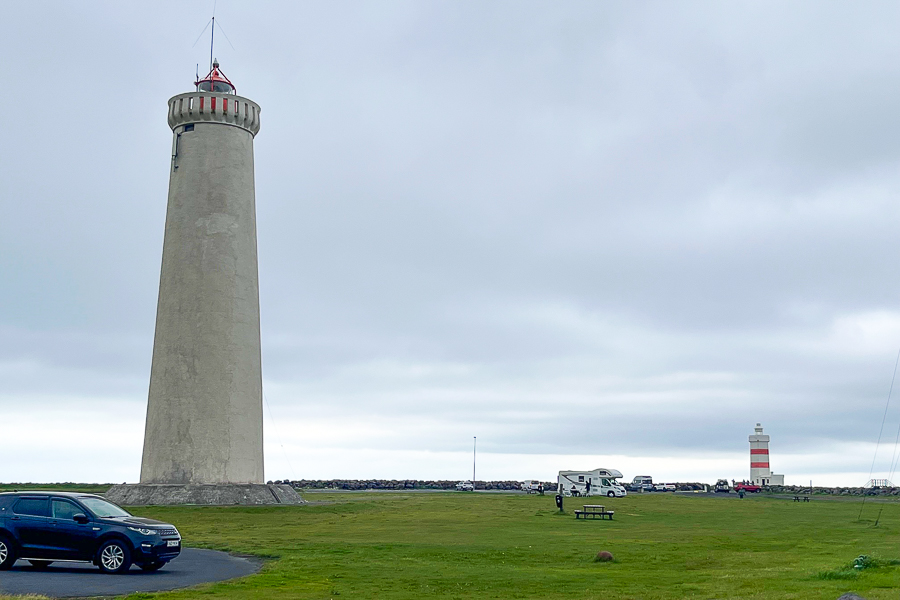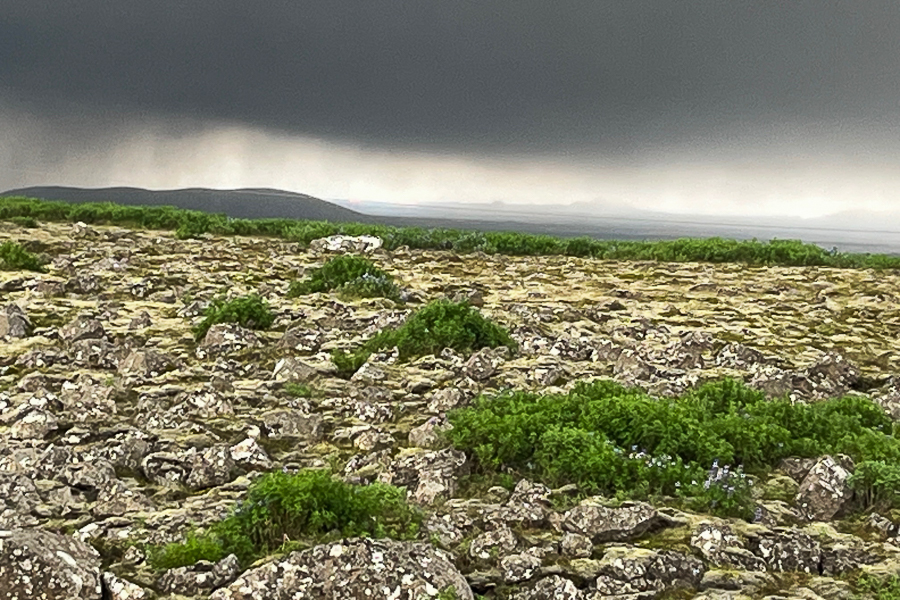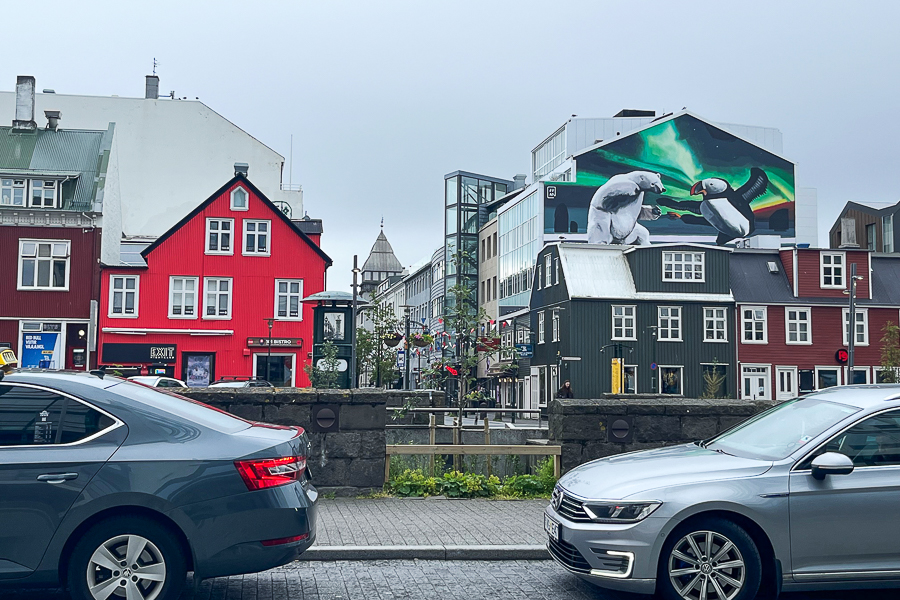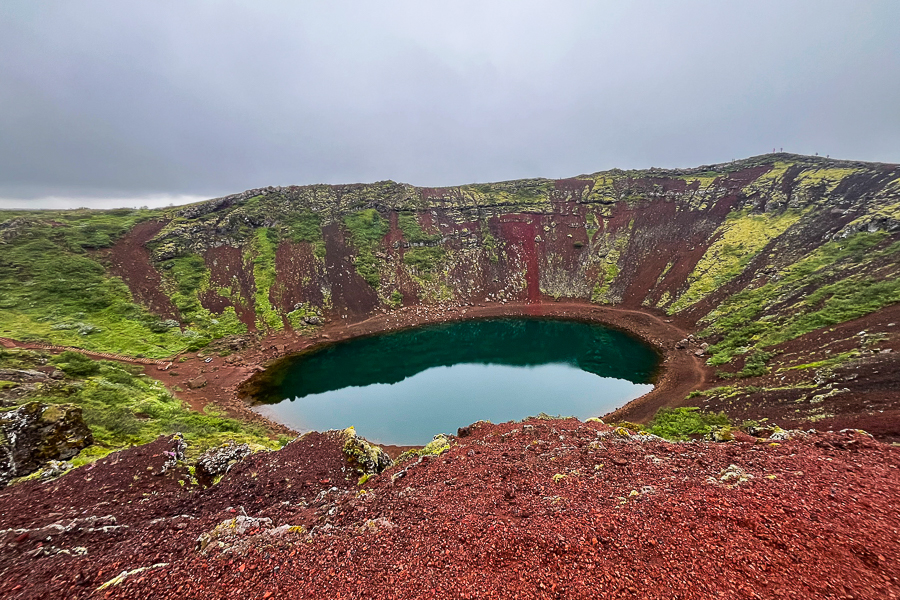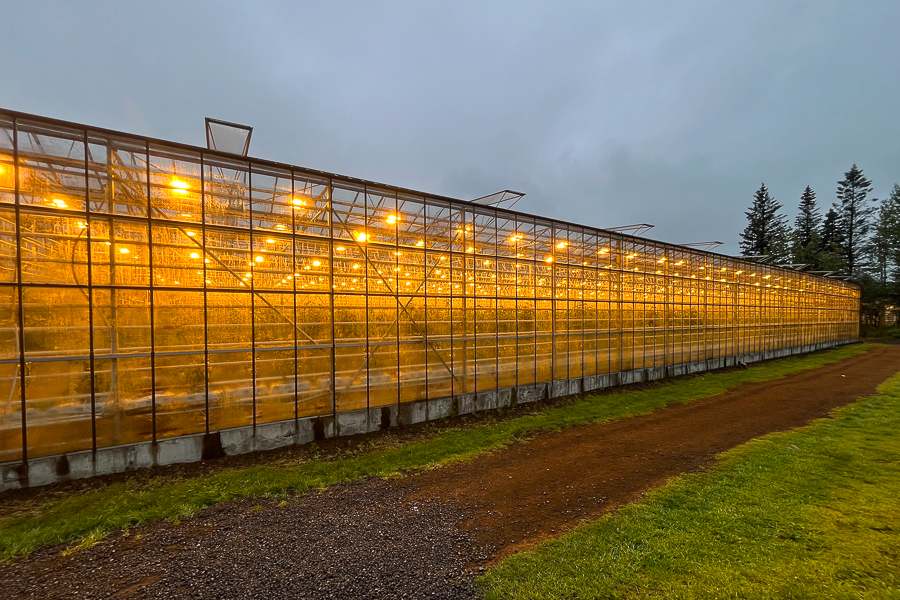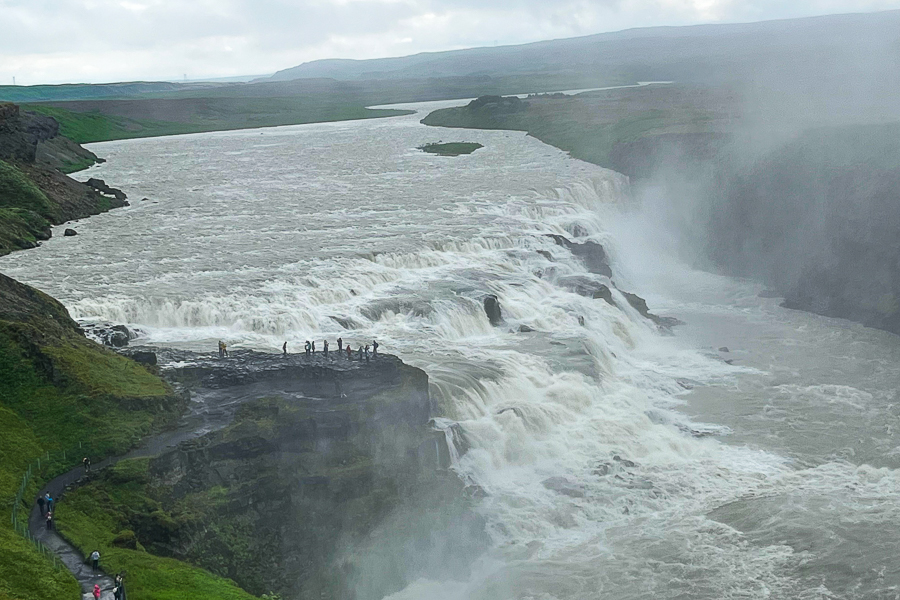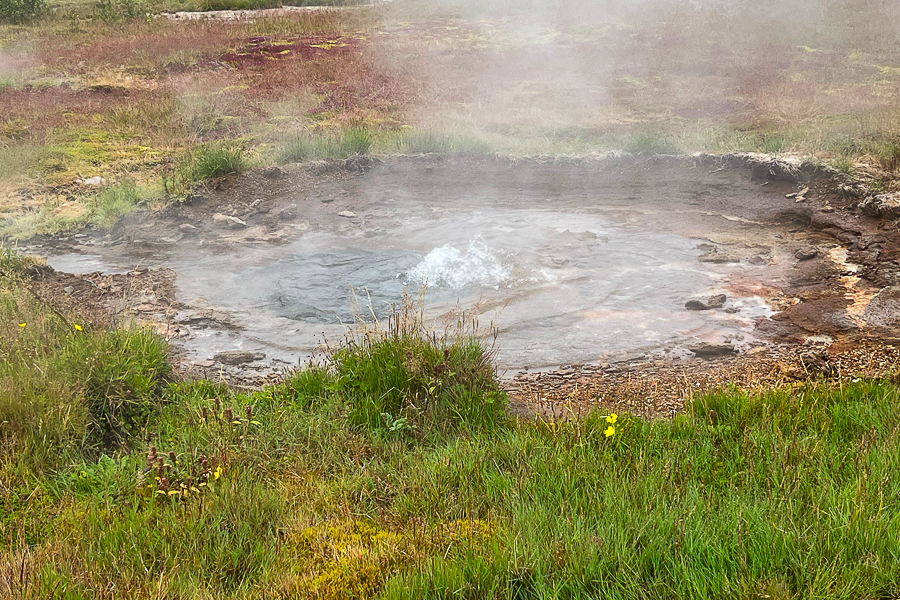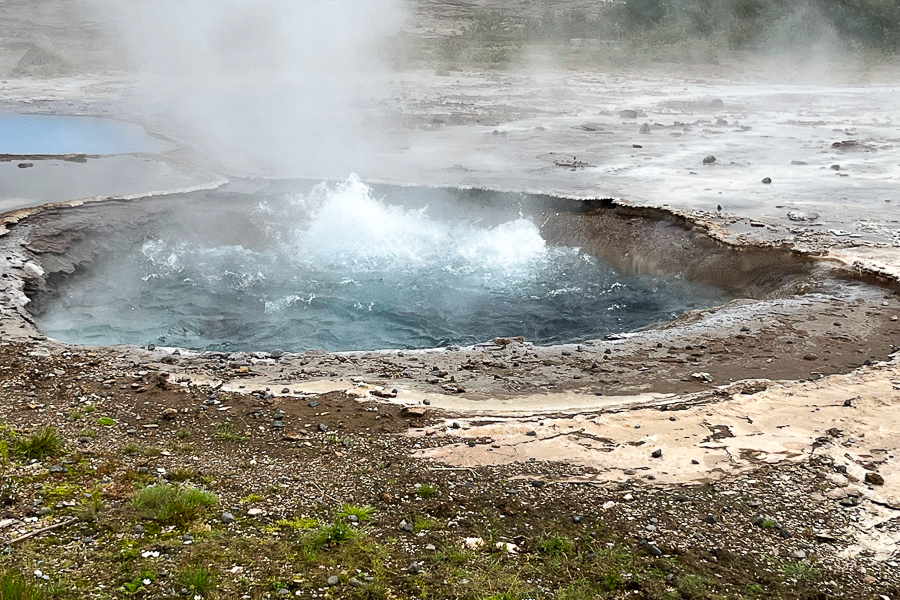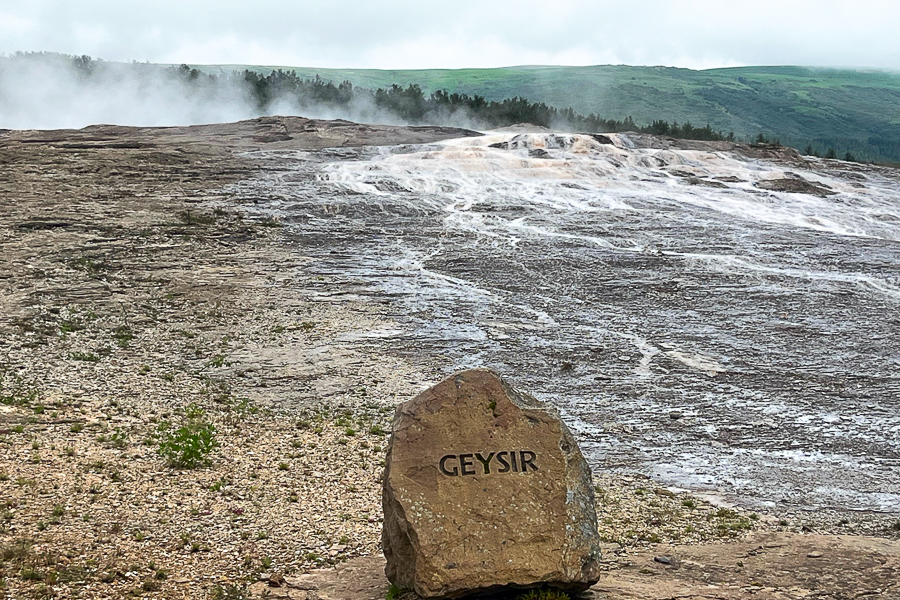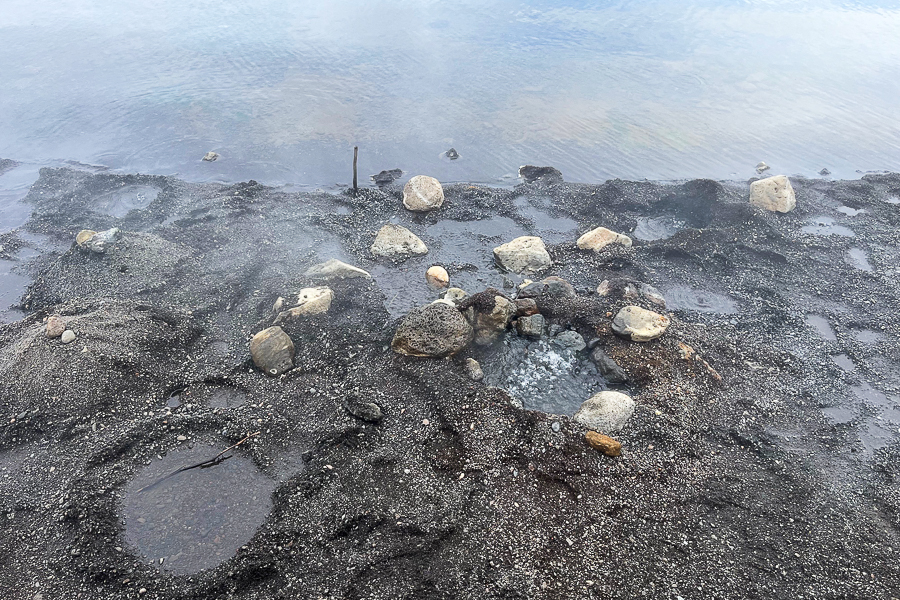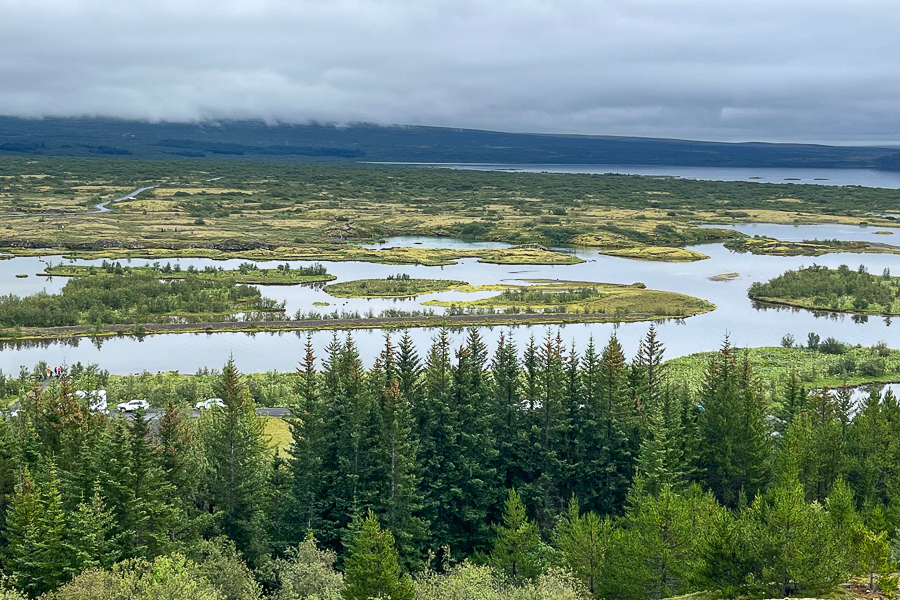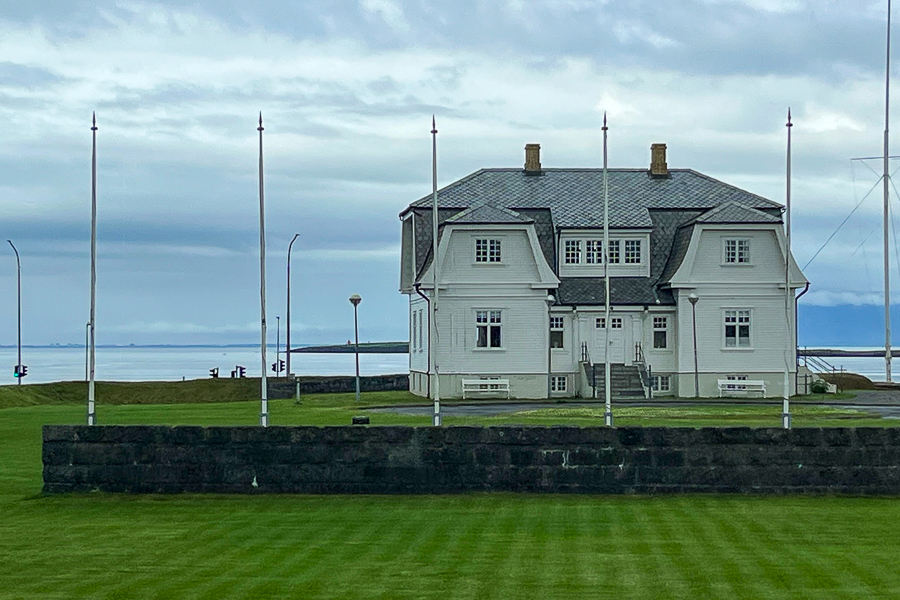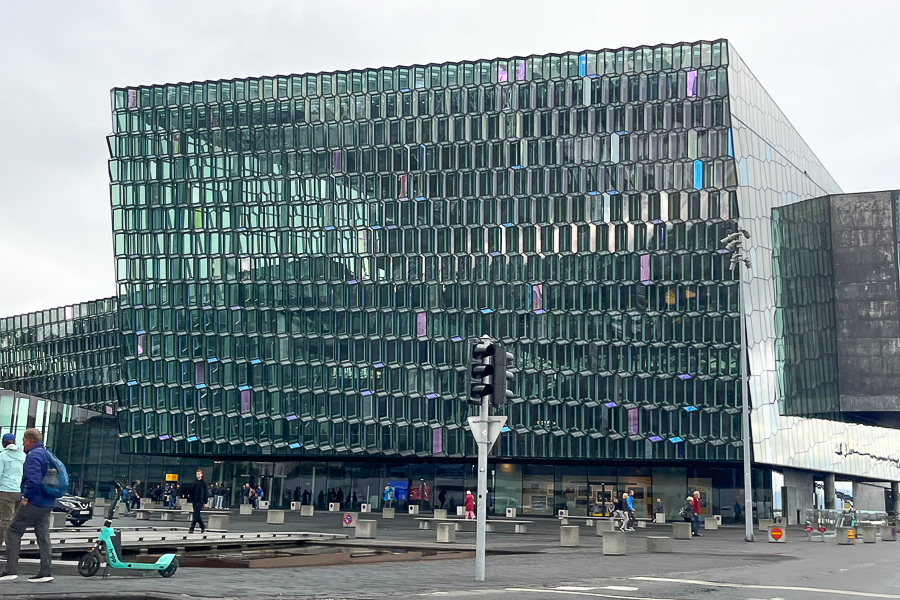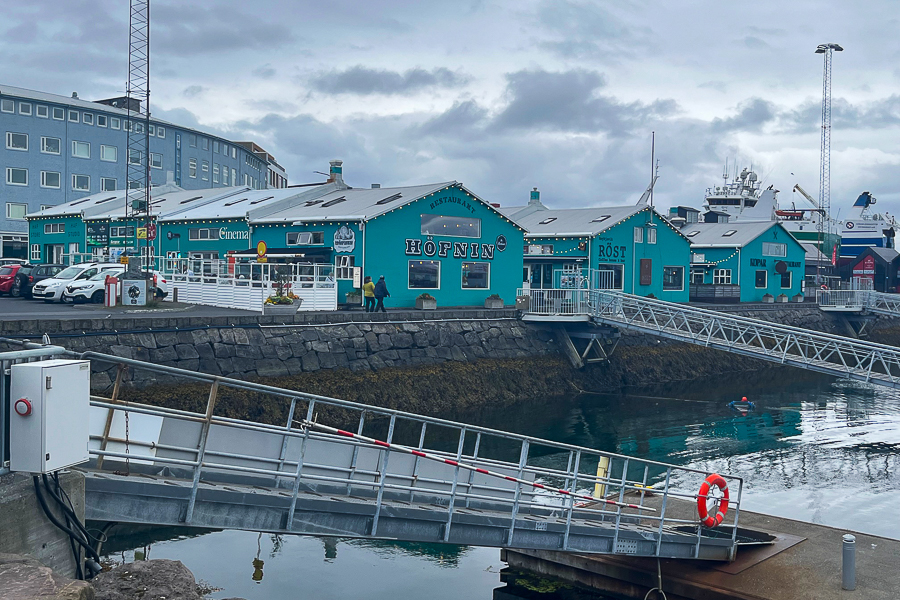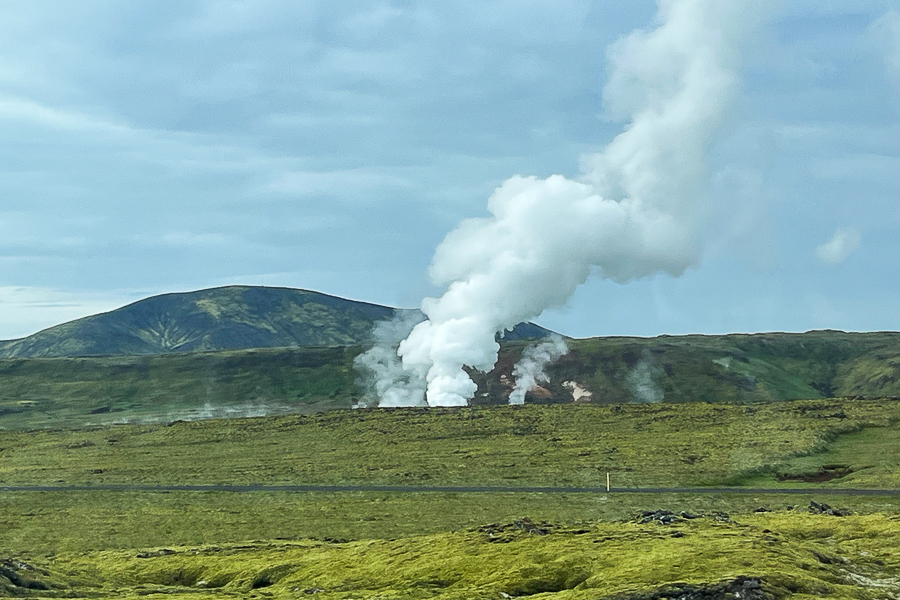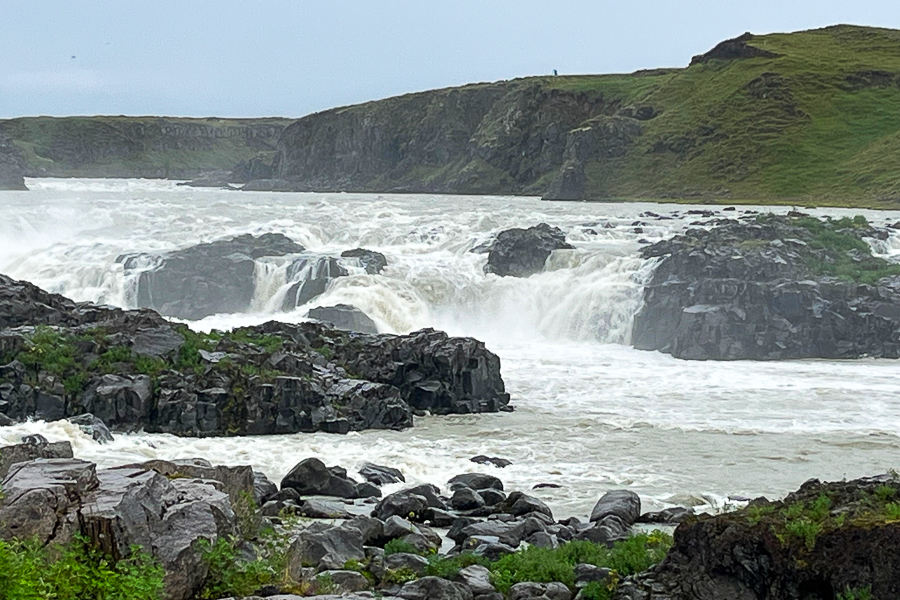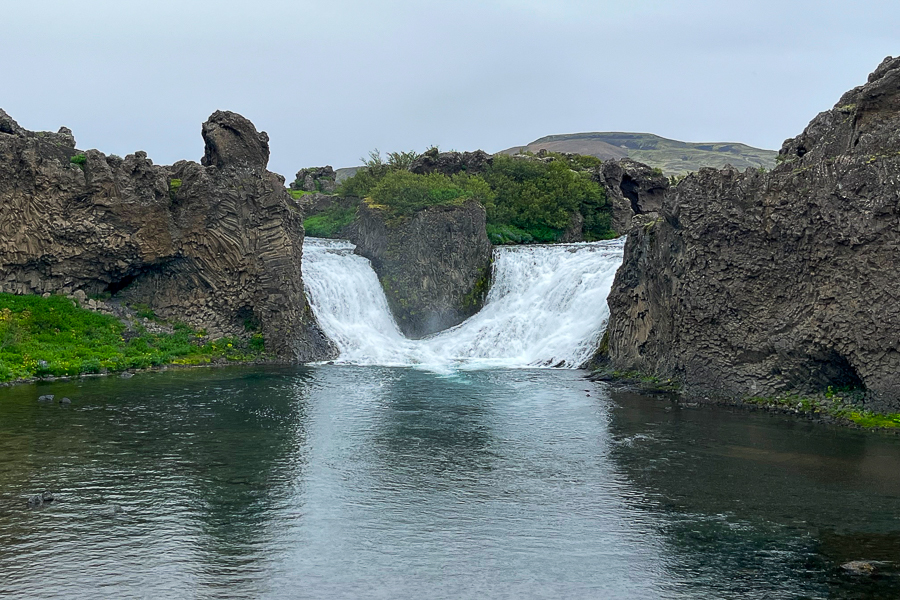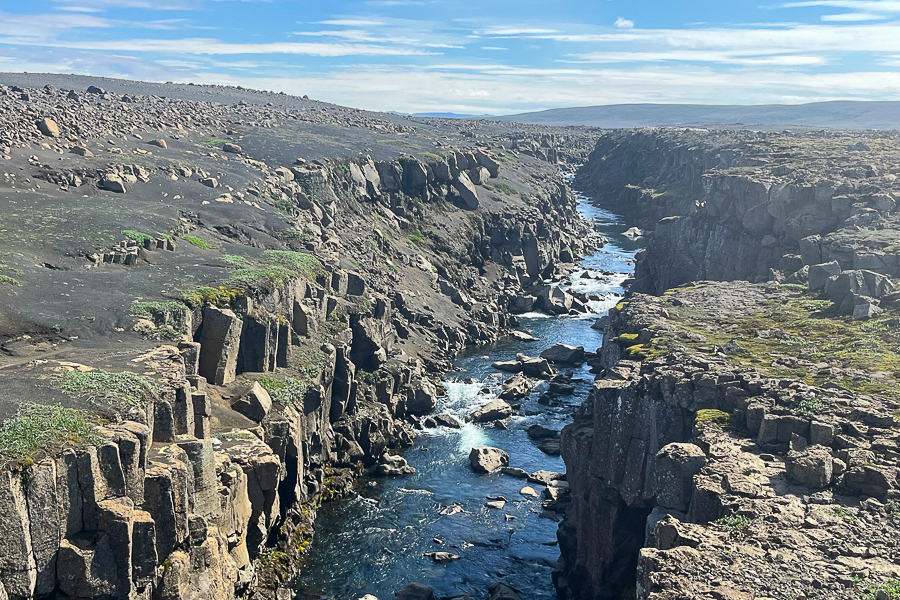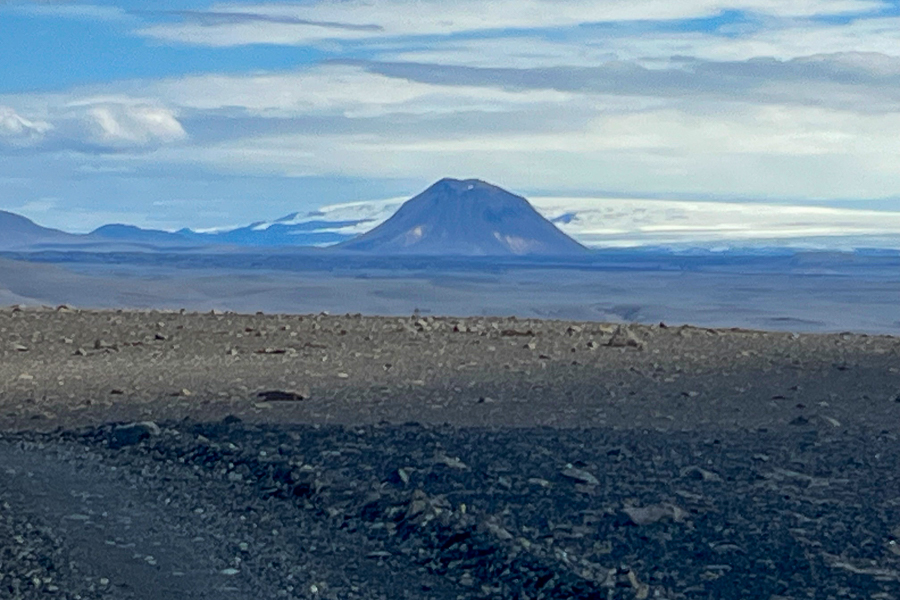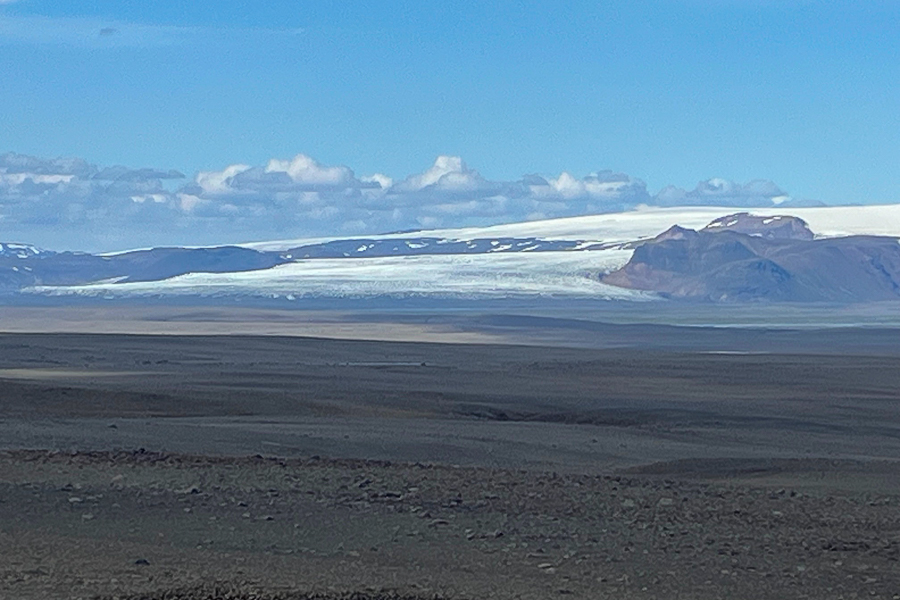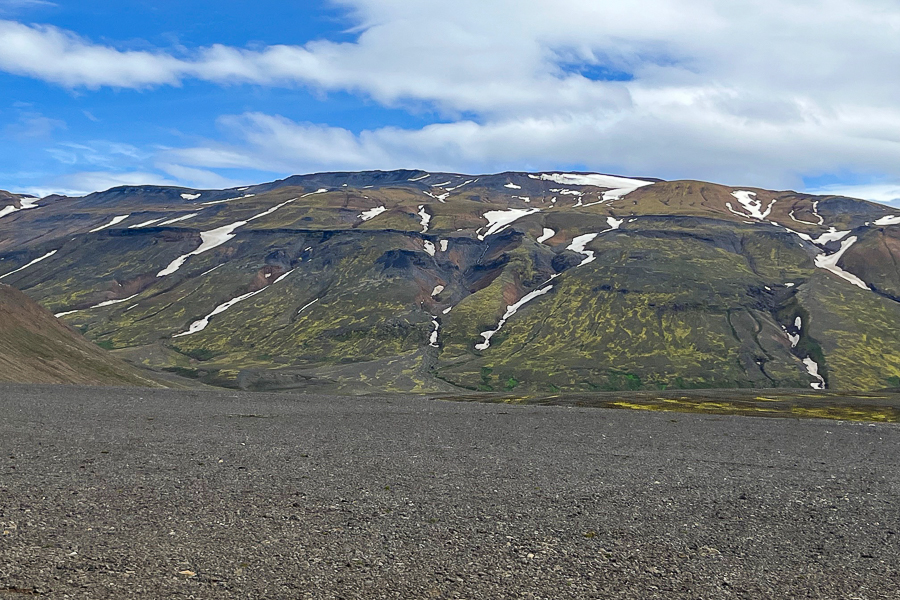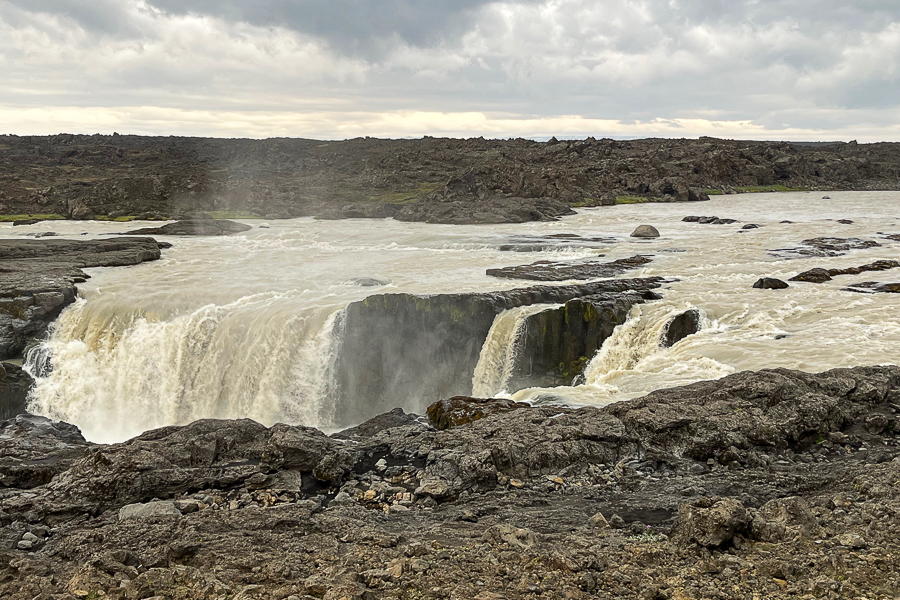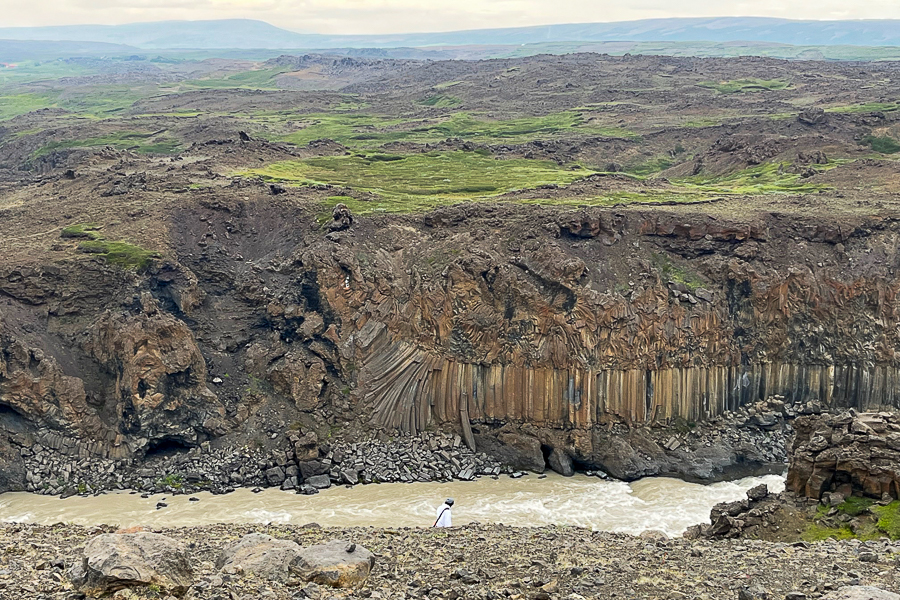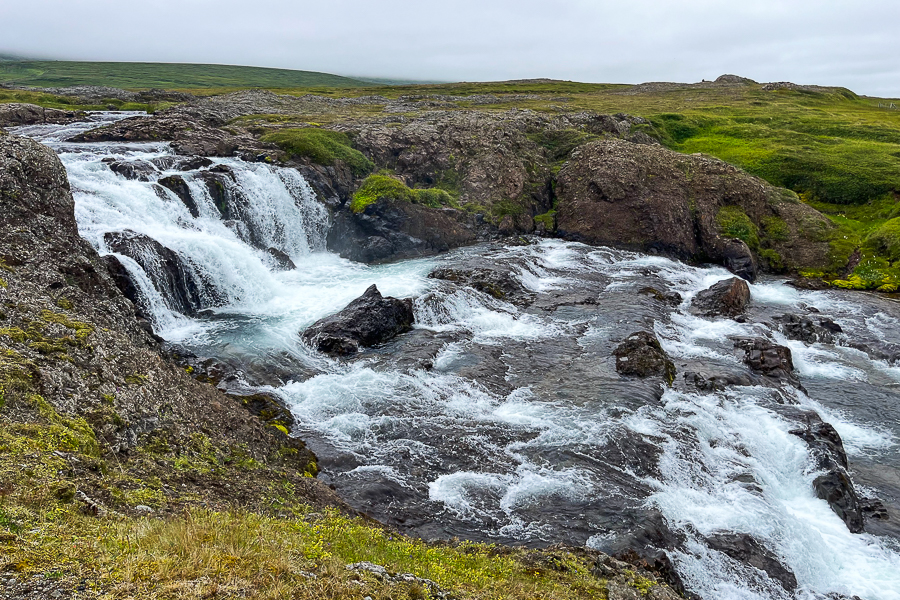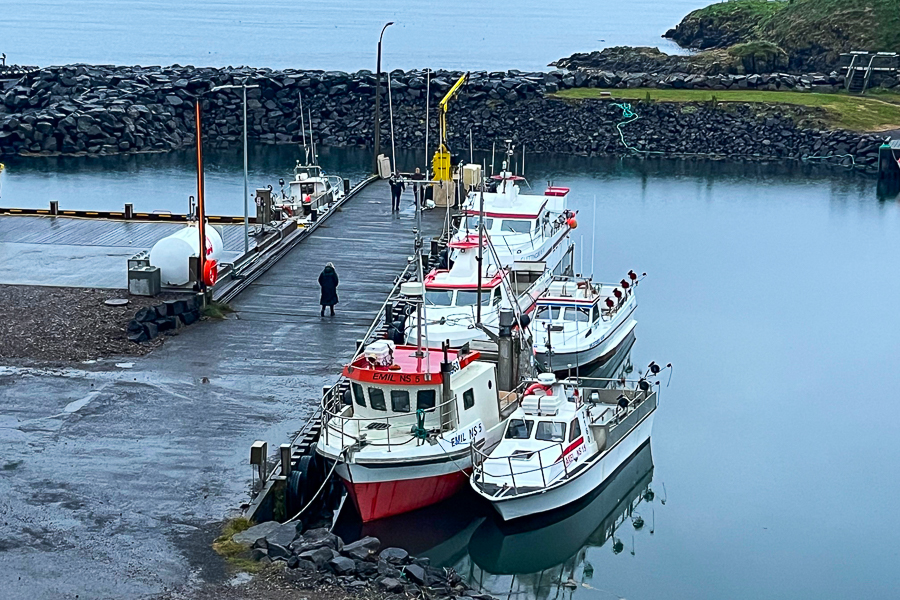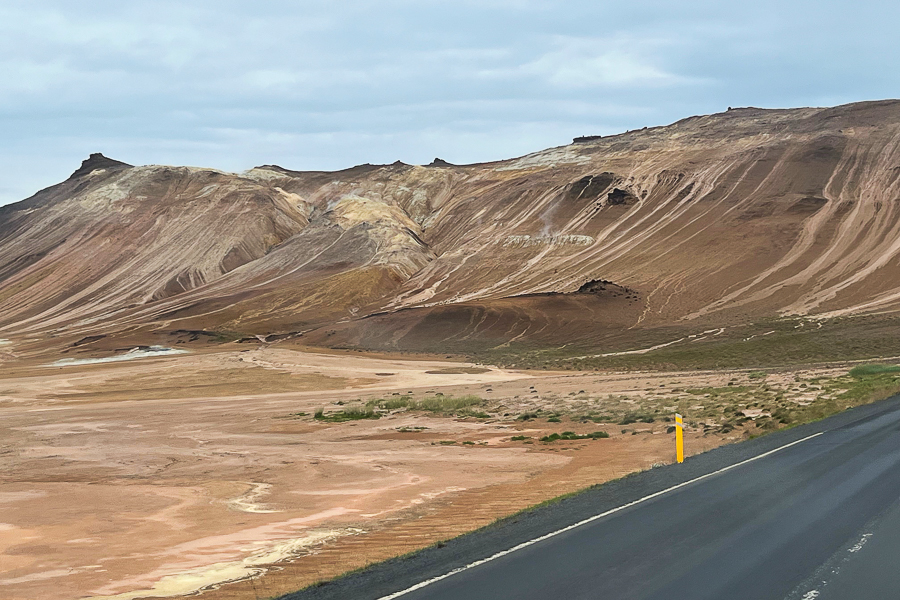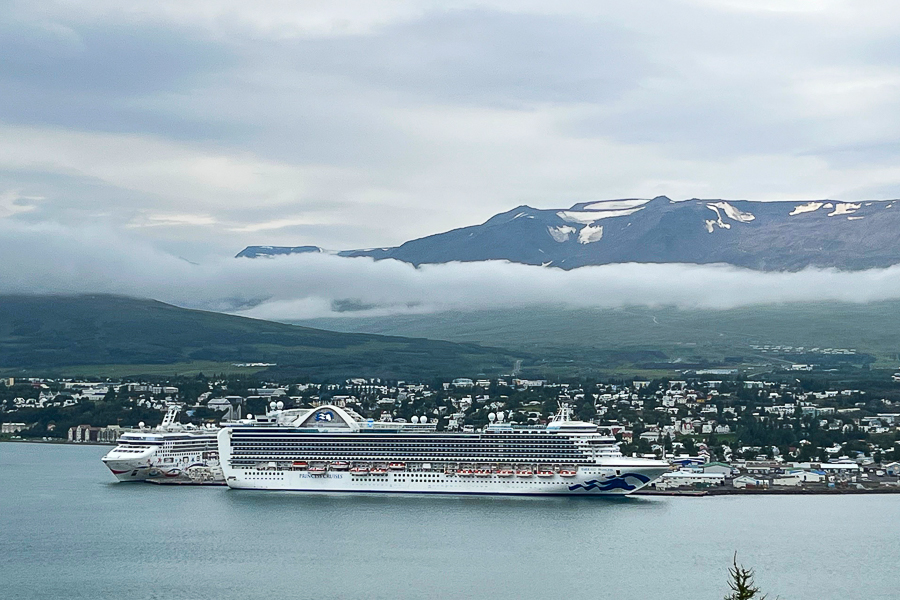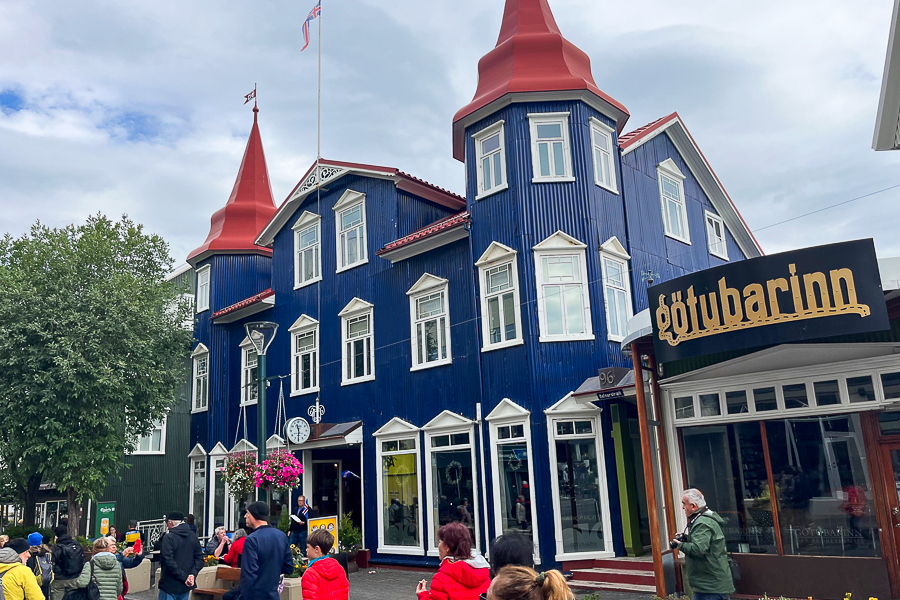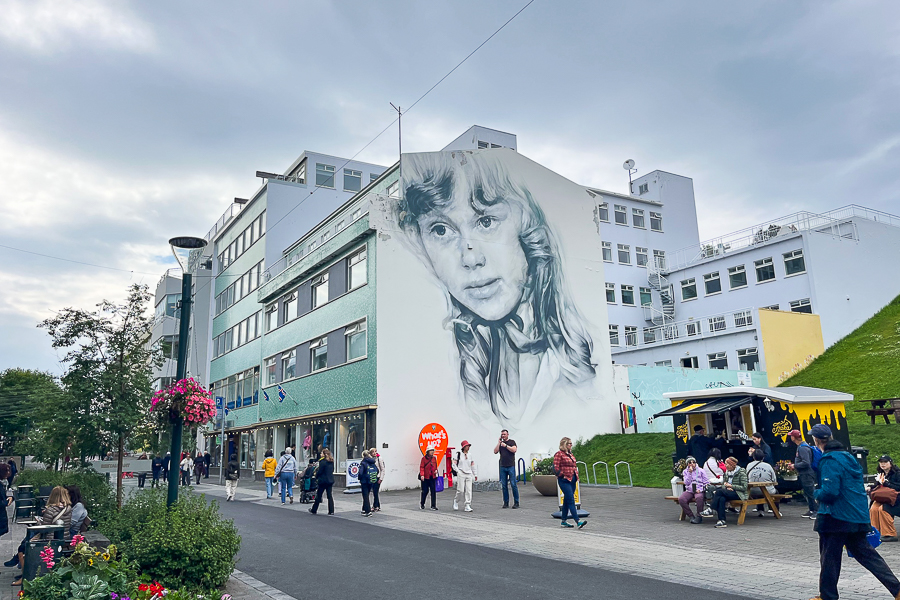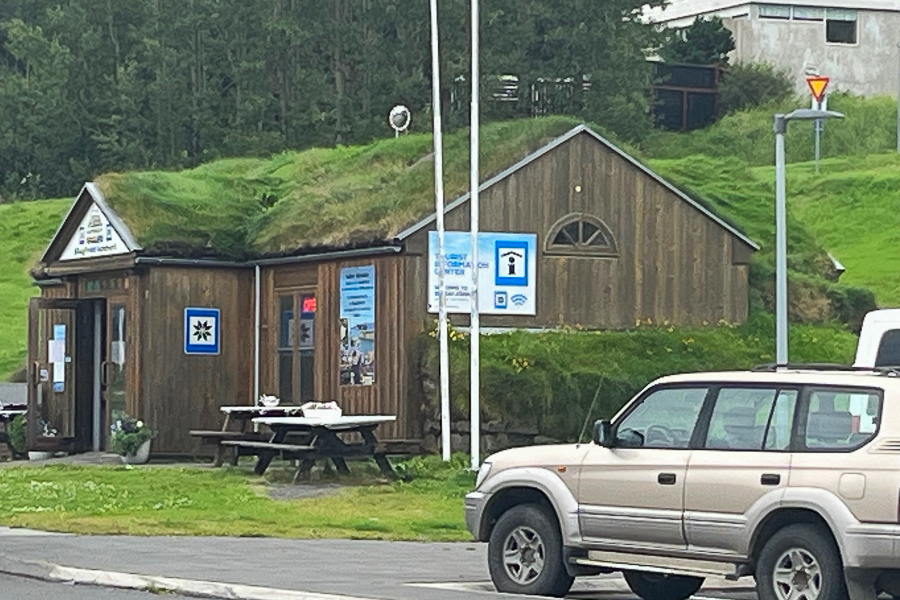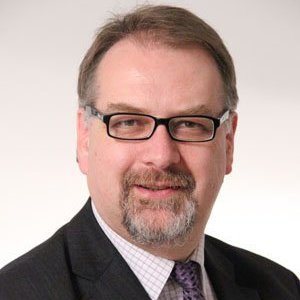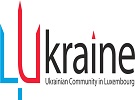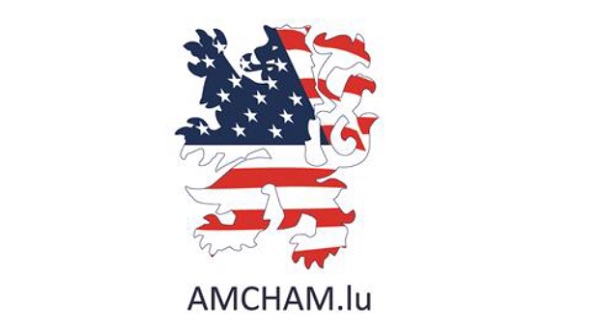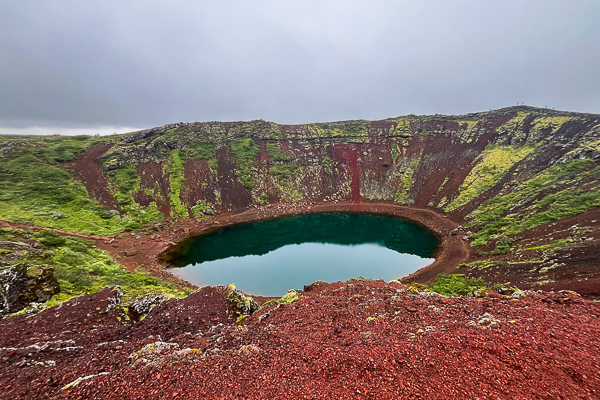 Volcanic crater in Iceland;
Credit: Geoff THOMPSON, Chronicle.lu
Volcanic crater in Iceland;
Credit: Geoff THOMPSON, Chronicle.lu
Iceland's history dates back to around 900 AD when the Vikings travelled there and set up home, with Norsemen arriving as early as the late 6th or 7th centuries; according to local tourist guides, the island was also visited by Irish monks around 800 AD who lived solitary existences in mountain caves.
Iceland may not be in the European Union, but it is a one of the three EFTA (European Free Trade Association) countries that participate in the EEA, which allows them to be part of the EU's single market; Iceland is also a signatory to the Schengen Agreement which allow free movement of people within the 29-member area.
Iceland and the Grand Duchy
Icelandic-Luxembourgish ties go back to the mid 1950s when Loftleiðir (later known as Icelandair) promoted Reyjkavik as a short, attractive stop for transatlantic flights, availing of its valued landing and take-off licence at JFK airport in New York, with the Grand Duchy's airport which had no competing long-haul carriers; fifteen years later and up to 300k passengers annually were availing of the service. Cargolux was created in 1970 in a Luxembourg-Iceland-Sweden investment, with the cargo airline having a number of Icelandic pilots, as well as the Cockpit Inn in Findel being under Icelandic management.
Then came the boom, and bust, of Icelandic banks in Luxembourg, with Kaupthing, Landsbanki and Glitnir collapsing after the US investment bank Lehman Brothers filed for bankruptcy in 2008...
Many people in Luxembourg nowadays recognise Iceland as a direct result of its stand at the annual International Bazaar, with products ranging from its attractive knitwear to fermented shark meat… And films such as The Secret Life of Walter Mitty (2013, by Ben Stiller) and Interstellar (2014, by Christopher Nolan), as well as the acclaimed tv series Trapped (2015, starring Ólafur Darri Ólafsson) were all filmed in different parts of the island, showcasing its incredible stark beauty.
And Iceland's Prime Minister, Katrín Jakobsdóttir, paid an official visit to the Grand Duchy in September 2023 (https://chronicle.lu/category/politics/46598-iceland-luxembourg-to-deepen-cooperation-in-higher-education-creative-industries).
Visiting Iceland
I got the opportunity to visit Iceland earlier this month, a trip planned with help from an Icelandic friend here. While there are no direct flights anymore between Luxembourg and Reyjkavik, there are many options requiring just one stop: my itinerary saw me in Schiphol on the way there and in Copenhagen on the way back.
My itinerary included a couple of nights stay in Reykjavik, a guided tour of the Golden Circle and, needless to say, some fishing. After getting over the shock of prices in restaurants, cafés and shops (and it was not just in tourist areas), I was ready to see what was in store…
Volcanic island
One of the first things I noticed was how stark the landscape is; I had been at Mount Etna in Sicily a number of years ago and remember the stark black landscape there; this was different, it was not just rock, but there was little colour. However, there were were blue lupins growing wild along the sides of the roads, a wondrous sight; and much of the island was covered by mosses and lichens.
Like Sicily, Iceland is an island, yet with a very rugged coastline, and with black sand everywhere, unlike the long, curved beaches of Sicily.
The day before we arrived, a volcano close to the main international airport (around 45 minutes by car to Reyjkavik) had erupted, resulting in the evacuation of the nearby fishing village Grindavik as well as the popular tourist spot The Blue Lagoon (a couple of days later health warnings were issued as the winds changed to westerlies, advising people with lung conditions/aliments to remain indoors… We were able to drive within a couple of kilometres of the eruption and managed to see the bright red/orange lava vertical spumes, as well as the grey/brown clouds over the affected area.
We toured around Reyjkanes Geopark and visited a couple of lighthouses, museums and small fishing harbours, all offering an interesting perspective; but what was the most interesting by far was learning and understanding about the geology, etc., of the island.
Iceland is famous for volcanoes (active, dormant, extinct) as well as waterfalls (across the entire island), hot springs and geysers - located along the main fault line curling across the island, not in a straight line, along the meeting of tectonic plates. The island is littered with magical places to visit, many with accessibility and safety prioritised for tourists. In some, including some hot springs and swimming pools (both indoor and outdoor), entry prices can be quite steep.
And one specific interesting thing to observe was the baking of "thunder bread" in the hot sand on the shore of a large lake, with boiling water coming to te surface creating a perfect environment for baking.
Most tourists take dozens, hundreds or even thousands of photographs with which to remember their visits and share their experiences; however, such photographs rarely justify the landscapes or vistas, such is the incredible light and depth - one comment to me regarding a photograph of a large waterfall was that the people in it "look like ants" in comparison to the size of the natural-occurring phenomena.
And the light was another thing. As it was just a couple of weeks after midsummer, technically there were just four hours of darkness (sunset 22:52 at and sunrise at 03:14); in reality, there was enough light during those hours to see long distances and take photographs without the need to use a flash.
Energy and Industry
Due to its underground seismic activity, it has a natural resource of hot water… we would normally think of coal, oil, gas, wind, solar and hydroelectric power sources (Iceland does indeed have some hydroelectric power plants constructed at dams / waterfalls, but its main energy source is hot water).
As a result, Iceland's energy is relatively inexpensive to harness and its has therefore attracted certain industries to the island to take advantage of this natural resource, including three large aluminium plants (which need a lot of inexpensive energy) with the raw materiel, bauxite, imported from Australia.
In addition to aluminium production and tourism, Iceland has a strong fishing industry, also fish processing, for species such as cod and haddock. Reykjavik still has whaling boats in the harbour, but they have been docked for a few years, with no licences being allocated. Its biotech and IT sectors are also growing.
Another use of this natural resource of hot water is for heating greenhouses, with hot water pipes permanently on to keep the growing temperature constant, to grow tomatoes, lettuce, cucumbers, etc., using hydroponics, with bumble bees used for pollination. They also have an abundance of flower boxes and baskets displaying an array of colour during the summer months.
Its agriculture sector also includes sheep (grown for their wool and their meat) with most roaming free, and some cattle too: interestingly, these are mainly to the found in the north and north-east of the island, not the south which one would think would be less cold.
Most of Iceland's landmass was formed from cooled lava flows, with its predominant rock structures being basalt, a dark volcanic rock, the same rock as in the Giant's Causeway in Co Antrim in Northern Ireland famous for its interlocking hexagonal basalt columns.
Population & Tourism
Iceland's total population is around 400,000, with around 5% being non-nationals. The main religion is Lutheran.
The country welcomes around two million tourists annually, with most coming between June and September for the main sights, with a smaller number coming for the ice caves and Northern Lights / Aurora Borealis during the winter months.
Due to its geography, Iceland does not have any motorways; however, its main highway, Route 1, also known as the Ring Road, is a two-lane, paved road that circles the island and connects most of the major towns and cities. This Ring Road has a network of service stations; however, some of these close at 18:00 daily.
To access many places literally "off the beaten track" one needs to go off road, and for this, 4WD vehicles are a must, such as LandRovers, Jeeps or Toyota LandCruisers.
In summer the main tourist spots are thronged as a result of dozens of tour buses stopping along pre-determined routes, so it can be worthwhile to get up a bit early, or even arrive a bit late, to enjoy the sights with less people around. Other tourists prefer to rent a car or camper van and see the island themselves.
The issue of over-tourism is something that is not yet an issue in Iceland, but it may become a pressing issue soon.
The country also welcomes cruise ships to both Reykjavik in the south-east and Akureyri in the north where murals and heart-shaped traffic lights were noticeable when taking a stroll around to stretch the legs on breaks during long trips. In both cities, and in other places too, there are many gift shops, ranging from chain stores to cottage industries, offering clothing including knitwear, carved horns and wooden ornaments, amongst others.
Reykjavik
The country's capital city has some interesting architecture incorporating Nordic design elements, reflecting the sky and sea.
The glass-walled Harpa Concert Hall and Conference Centre is one such example, with another being the classical Höfði House (built in 1909) where Ronald Reagan and Mikhail Gorbachev held their 1986 summit and discussed arms control (they did not sign a formal peace agreement there) in what is understood to be a crucial step towards ending the Cold War.
Fishing and Nature
For the second article of my Iceland Destination Report, see https://chronicle.lu/opinion/23111-iceland-destination-report-part-2

